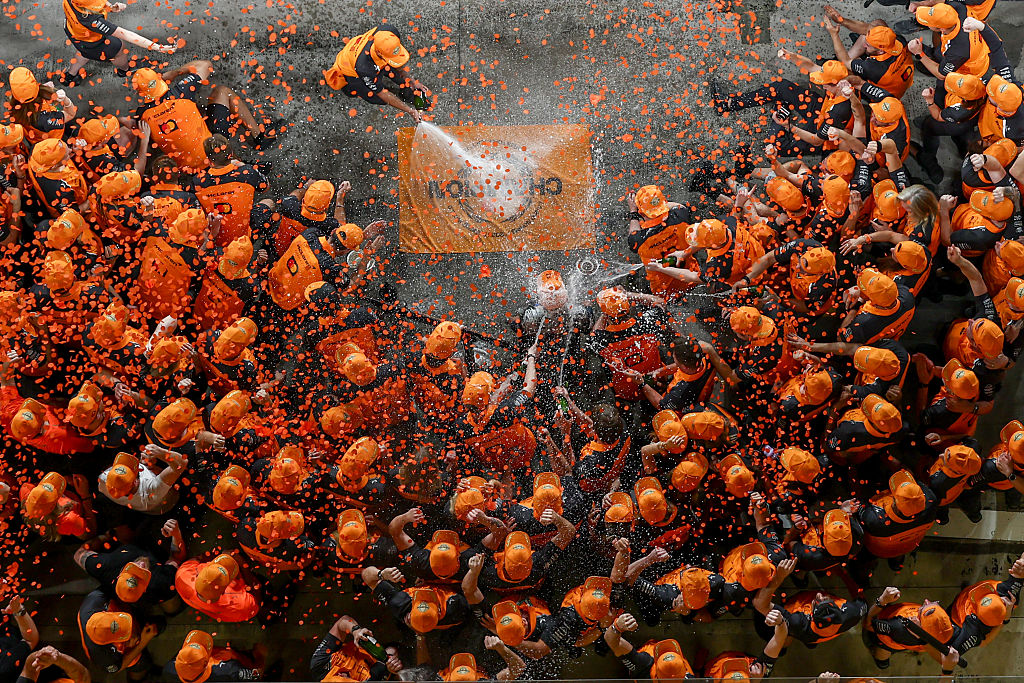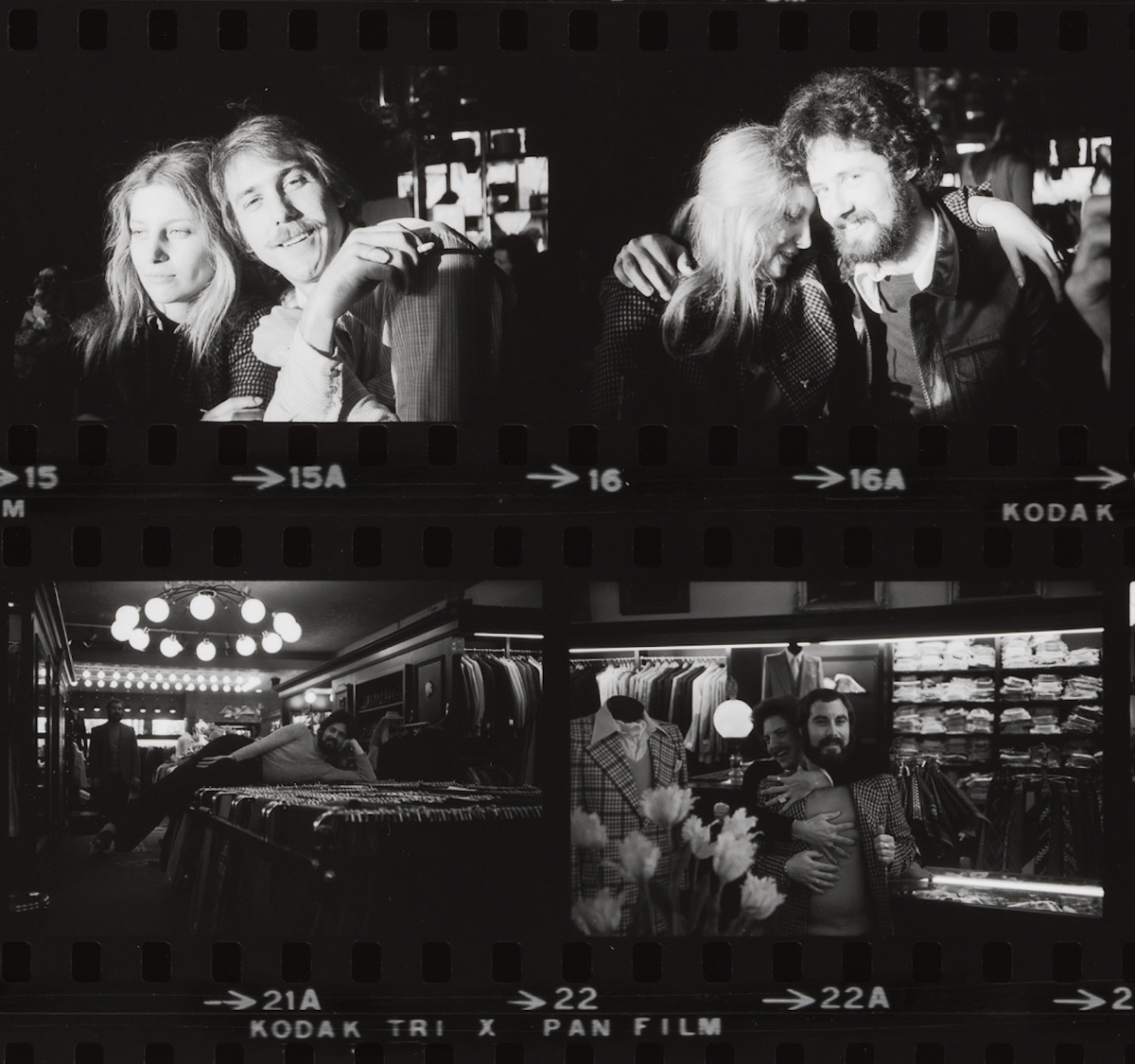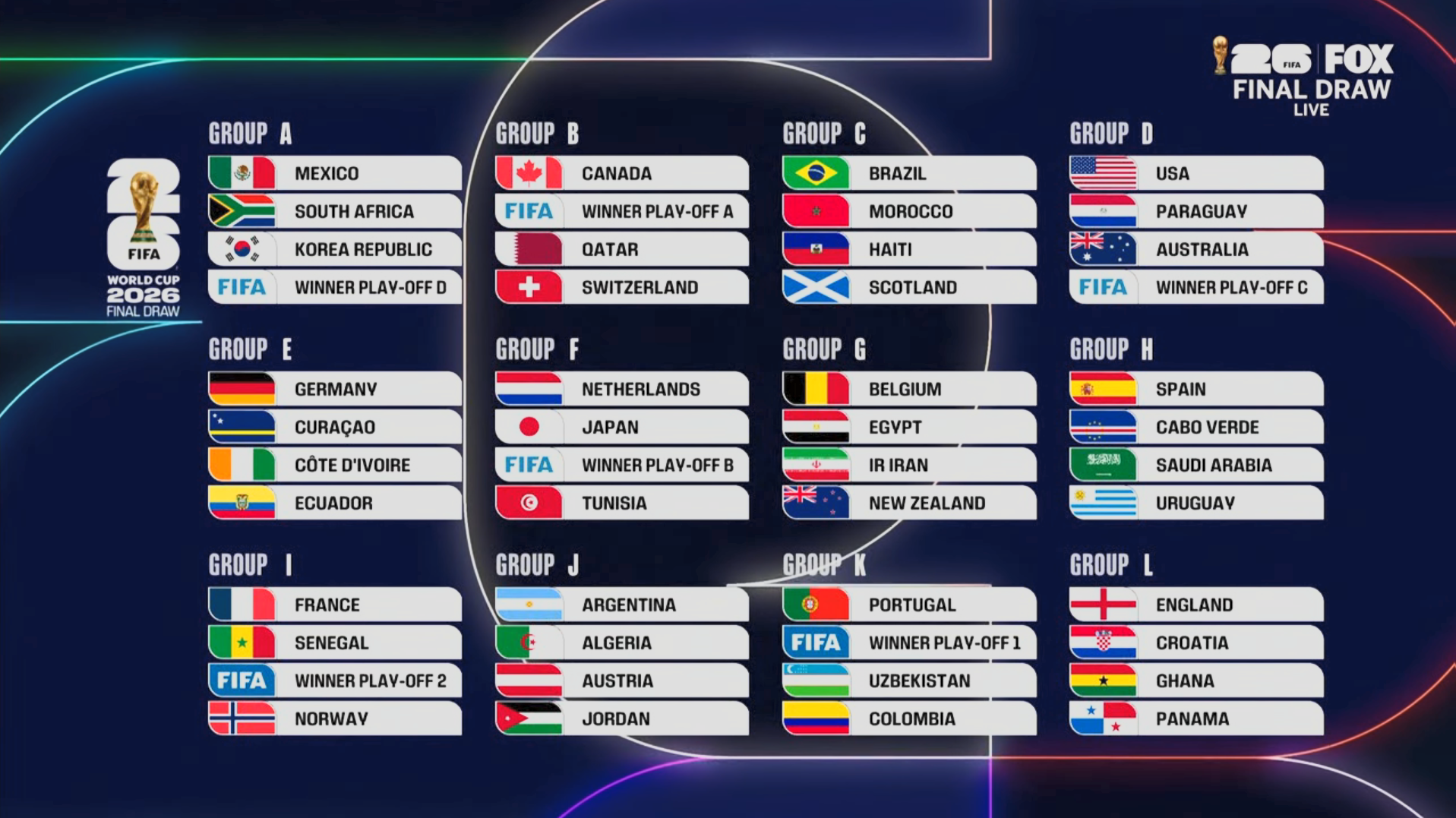The NHL and the Players' Association are reportedly close to announcing agreement on a new collective bargaining agreement, ensuring extended labor peace in a league that hasn't had much of that in the last couple decades. Some smallish things are set to change: the season expanding to 84 games; contracts being limited to seven years; the closing of the long-term IR loophole that allows teams to exceed the salary cap in the playoffs. One change, however, is the smallest of them all, yet also the ending of an era. If negotiations go as expected, we have already seen the last true emergency backup goaltender.
NHL teams can carry only two active goaltenders, but there has to be a contingency plan in place if both get hurt, to prevent games from turning into farces. The new CBA will allow teams to carry a permanent EBUG, who will practice and travel with the team, but not count against their roster. Previously, teams just sort of figured it out when needed—they'd designate as their EBUG for a given game a staffer who had played goal in college, or an adult league netminder in whatever city they were playing in, that sort of thing. It was thrillingly close to picking up a guy off the street and shoving him into an actual NHL game: a novelty and a dream come true for some hockey lifer who had never made the big show. If it was a stopgap solution, it was a fun one.
For the longest time, teams just kind of did whatever: Lester Patrick, a former defenseman, was coach of the Rangers when he inserted himself in net in Game 2 of the 1928 Stanley Cup Final, because his opponent, the Montreal Maroons, refused to allow New York to use an Ottawa Senators goalie who was watching the game from the stands as a fan.
The EBUG rule as we know it dates to a game in 2015, when the Panthers found themselves with two hurt goalies and stopped play to discuss with league officials what they would be allowed to do if neither could return to action. Would center Derek MacKenzie be allowed to stand between the pipes? Could they suit up their goaltending coach Robb Tallas? Neither ended up needing to get in the game, but the next summer the NHL started requiring teams to maintain a list of local EBUGs.
That list will be a thing of the past if the new CBA is ratified as expected. That will mean no more guys like Jorge Alves, the 37-year-old Hurricanes equipment manager who for one game in 2016 dressed as a backup because Eddie Lack was suffering post-concussion effects. Just because he wore the pads didn't mean he didn't still have equipment duties; he was taping sticks and sharpening blades during the game. But with seven seconds to go, head coach Bill Peters pulled Cam Ward.
"I was actually heading back down into the tunnel when I heard my name," Alves said. "I looked back and I was like, ‘What?’ And coach said, ‘Get your stuff on.’”
Alves did not face a shot. He also, having signed a professional tryout contract before the game, did not earn the league minimum. The CBA in force at the time laid out his compensation:
A player signed to a PTO pursuant to this section will be paid US $500 per game and will be allowed to keep his game-worn jersey.
Alves proved to be the only EBUG to receive a paycheck, as all subsequent ones signed amateur tryout contracts, which allotted them only the jersey to keep. And, of course, "beer league glory," as Scott Foster put it after his EBUG appearance for the Blackhawks in 2018.
Foster, a 36-year-old accountant, had college experience and not much else when he dressed for Chicago. Presumed starter Anton Forsberg was injured in warmups. Backup Colin Delia was injured midway through the third. Enter Foster, the first EBUG ever to face, and stop, a shot. In fact he stopped all seven shots he saw, finishing his brief NHL career with a 1.000 save percentage. "I think I'm just hitting my prime," he joked after the game.
With the elimination of the EBUG, never again will a rando win an NHL game, like David Ayres did in 2020. Ayres's professional career—really, semi-pro; it was a three-team adult league in Southern Ontario—had lasted all of eight games, and he had lost all of them. Now 42 years old and the building manager for the Maple Leafs' AHL team, whose job responsibilities sometimes included resurfacing the ice, Ayres was the listed EBUG in Toronto, for both the home and visiting teams. So when Carolina starter James Reimer left the game after a first-period collision, and Petr Mrazek left after a second-period collision, it was suddenly all on Ayres.
It was 3-1 Hurricanes when Ayres entered with 8:41 left in the second, wearing blue Marlies gear under his Canes jersey. He surrendered goals on the first two shots he faced, understandably being a little rusty. Then, with the game tied, he locked in and kept the Leafs off the board the rest of the way, earning the W in a 6-3 Carolina victory. It was one of the most delightful moments in league history—while it's not entirely accurate to say the Maple Leafs lost to a Zamboni driver, it's not inaccurate either.
Ayres walked away with an autographed stick, an autographed bottle of wine from head coach Rod Brind'Amour, and "a little bit of money" from Canes players passing the hat after the game. “These guys were awesome,” he said. “They said to me, ‘Have fun with it, don’t worry about how many goals go in, this is your moment, have fun with it.'”
There will be no more guys like Ayres, or Tom Hodges, the life insurance salesman who got in a game for the Ducks in 2022, or Matt Berlin, the college student who appeared for the Oilers in 2023. It makes sense that the EBUG role will be standardized and professionalized. Organizations dislike precarity, and having to navigate the current ad hoc system where some teams provide their own and some just consult the list of local EBUGs. The union likes the idea of adding a new full-time job to each team. Yet I can't help but feel like we'll be losing something. The NHL is at times a pleasantly janky league, especially compared to the other big North American sports. Its rulebook is a patchwork, comprising everything from recent, contract-law-level detailed nitpicks, to broad, confusing century-old decrees that don't even apply to the modern game. I find it charming how clearly no one ever got around to thinking about how to formally address the very real situation of What should we do if a team runs out of goalies?, because they were too busy trying to keep the league alive financially. The NHL is thriving now, a corporate behemoth, and as such seeks to iron out every last bit of uncertainty. With that it risks losing some character as well. The EBUG was a lovely little reminder that this is a game, and once upon a time the rules were just something some guys made up as they went along in order to get their games in.






